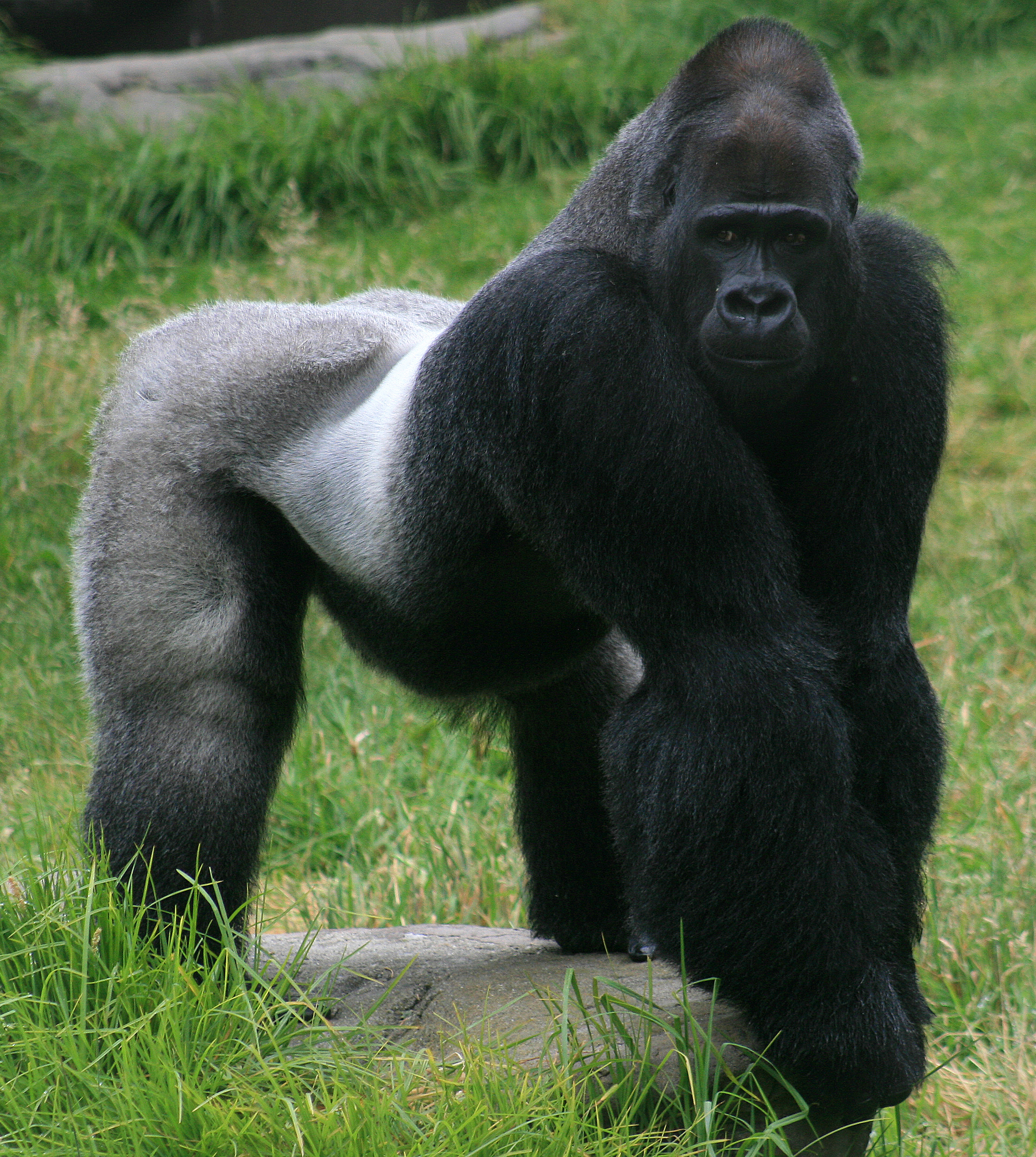After the stunning success of “Handbook of the Birds
of the World” (HBW), a 17-volume mega-opus covering all (!) extant bird
species, Lynx Edicions have decided to publish a similar work on mammals.
Originally, eight volumes were projected. The number has already swelled to
nine, and I wouldn't be too surprised if it swells some more in the future. Of
the promised nine volumes, six have been published so far. This is the very
first one, dealing with carnivores (except pinnipeds).
The concept is similar to HBW, with stunning color plates, dramatic color photos, extensive species presentations and a very high price. I admit that I haven't procured this volume, instead basing my review on the previews available at the publisher's website. My immediate impression is that the text is less heavy than that found in HBW, suggesting a conscious orientation to a more commercial market. Indeed, the success of the bird encyclopedia was always a bit anomalous, given the difficult scientific articles and extortionate price tag! If the “HMW” will become more popular is difficult to say, given the large amount of popularized books available on charismatic megafauna, but who knows…
As a side point, I noticed that the Giant Panda has finally been recognized as a bear. Thank you.



